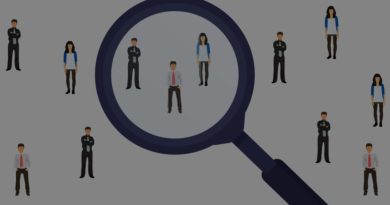New AI Tool Cuts Patient Vital Sign Check-Ups, Lets Them Sleep, Saves Lives
The new AI tool reduced nurse workload up to 20% to 25%, letting them pivot to acutely-ill patients.
A research team collected and analyzed data from several hospitals between 2012 and 2019 to develop an AI algorithm capable of predicting a hospitalized patient’s stability overnight and decide whether they should be left undisturbed from sleep or not, according to a recent study published in the journal Nature Partner Journals Digital Medicine.
The interruption of hospitalized patients to check vital signs during overnight hours has sadly become linked to cognitive impairment, increased stress, hypertension, and even death. But a team of researchers has designed a deep-learning predictive clinical tool capable of deciding which patients should be left to sleep without interruption — providing crucial time to rest and recover, in addition to streamlining discharging schedules.
The researchers used the vast body of clinical data — which included heart rate, body temperature, systolic blood pressure, respiratory rate, and patient age — to curate an algorithm capable of predicting a hospitalized patient’s overnight status. The study also considered whether each patient ought to be left uninterrupted through the night, so they can sleep.
The rollout for the clinical tool — dubbed the “Let Sleeping Patients Lie” — will soon move forward in hospitals across Northwell Health.
“Rest is a critical element to a patient’s care, and it has been well-documented that disrupted sleep is a common complaint that could delay discharge and recover,” said Assistant Professor Zanos of the Feinstein Institutes’ Institute of Bioelectronic Medicine, in the press release shared with IE. “Our findings highlight the safety and accuracy of machine learning-based solutions to pave the way for more peaceful and safe sleep in a hospital.”
Possibilities abound for implementing the “Let Sleeping Patients Lie” predictive AI model — which goes beyond patient care and might lighten the workload for nurses and hospital staff — who are infamously overburdened amid the coronavirus crisis — when it comes to employee stress and burnout.
Nurses spend roughly 20% to 35% of their time recording vital signs, and roughly 10% of their shift collecting them. The clinical tool would help nurses cut out roughly half of their overnight vital sign measurements without added risk, engendering a workload reduction of up to 20% to 25% in a single overnight shift.
This extra time could be reallocated to assist patients suffering from more acute illnesses.
“Dr. Zanos and his team’s expertise in machine learning enabled them to invent an effective solution for improving sleep,” said President and CEO of Feinstein Institutes Kevin J. Tracey, in the press release shared with IE. “Illness and hospitalization impair sleep cycles, and the promise for artificial intelligence in this domain holds significant promise.”
As AI continues to advance in nearly every field and industry, its seemingly omniscient awareness of human procedure and technology easily finds blind spots — the things we don’t know we don’t know — presenting us with an opportunity to streamline in ways we didn’t know we could. In health care, this means we save lives, and in the time of the coronavirus crisis, we can’t afford to ignore the benefits of optimizing patient sleep like a triage, because it saves lives.
Source:https://interestingengineering.com




